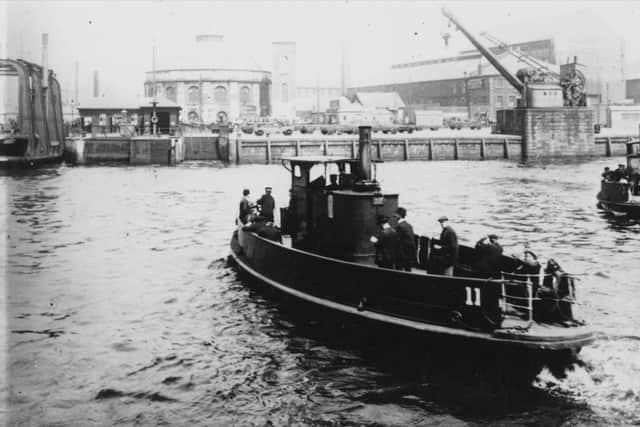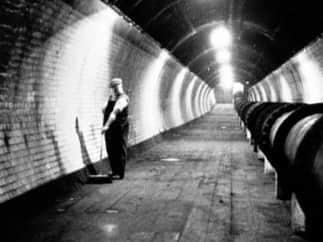Tunnels of Glasgow: The story behind the lost Glasgow tunnel under the River Clyde
and live on Freeview channel 276
Whether you've braved the sky tunnel to a gig at the Hydro or crossed the Squinty Bridge in your car, you will have noticed the two circular rotunda buildings on the banks of the River Clyde.
The buildings mark the entry and exit points of a forgotten Victorian tunnel deep below the River Clyde which was once a bustling thoroughfare having first opened in the city in 1890s around the same time as the underground.
Advertisement
Hide AdAdvertisement
Hide AdThe tunnel allowed pedestrians, horse-drawn carriages and small vehicles to cross the water when the River Clyde was flanked with warehouses and dock workers having been designed by Simpson and Wilson and built by the Glasgow Harbour Tunnel Company.


There was a total of three tunnels underneath the water with two being used for goods traffic and one for pedestrians. The vehicles, cart and pedestrians were hauled up and down by hydraulic lift shafts which were provided by the Otis Elevator Company.
Speaking about the tunnel, a columnist to the Evening Citizen newspaper in 1932 said: "Choosing the company of a horse and lorry as preferable to that of a motor-car, I soon found myself smoothly and quietly descending among a bewildering medley of wheels and cables, through which I could see the mouth of the old disused foot-passenger tunnel as we passed on the way down."
"At the bottom water oozed through the iron sides of the great tube, which has never been totally watertight. At one place a single stalactite a foot long hung from the roof."


Advertisement
Hide AdAdvertisement
Hide AdHaving briefly closed during the Second World War due to rising upkeep costs and using metal for the war effort, the pedestrian tunnel once again opened in 1947 and was frequently used until its closure in 1980 with both buildings now being category B listed buildings.
The North Rotunda has been most recently used as the Cranside Kitchen until its closure in August 2023 with the Radisson Red acquiring the venue whereas the South Rotunda is owned by the Malin Group.
Comment Guidelines
National World encourages reader discussion on our stories. User feedback, insights and back-and-forth exchanges add a rich layer of context to reporting. Please review our Community Guidelines before commenting.
